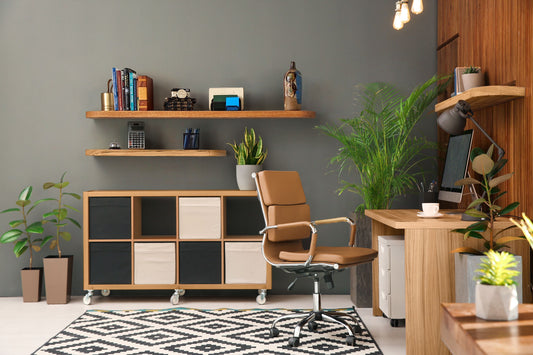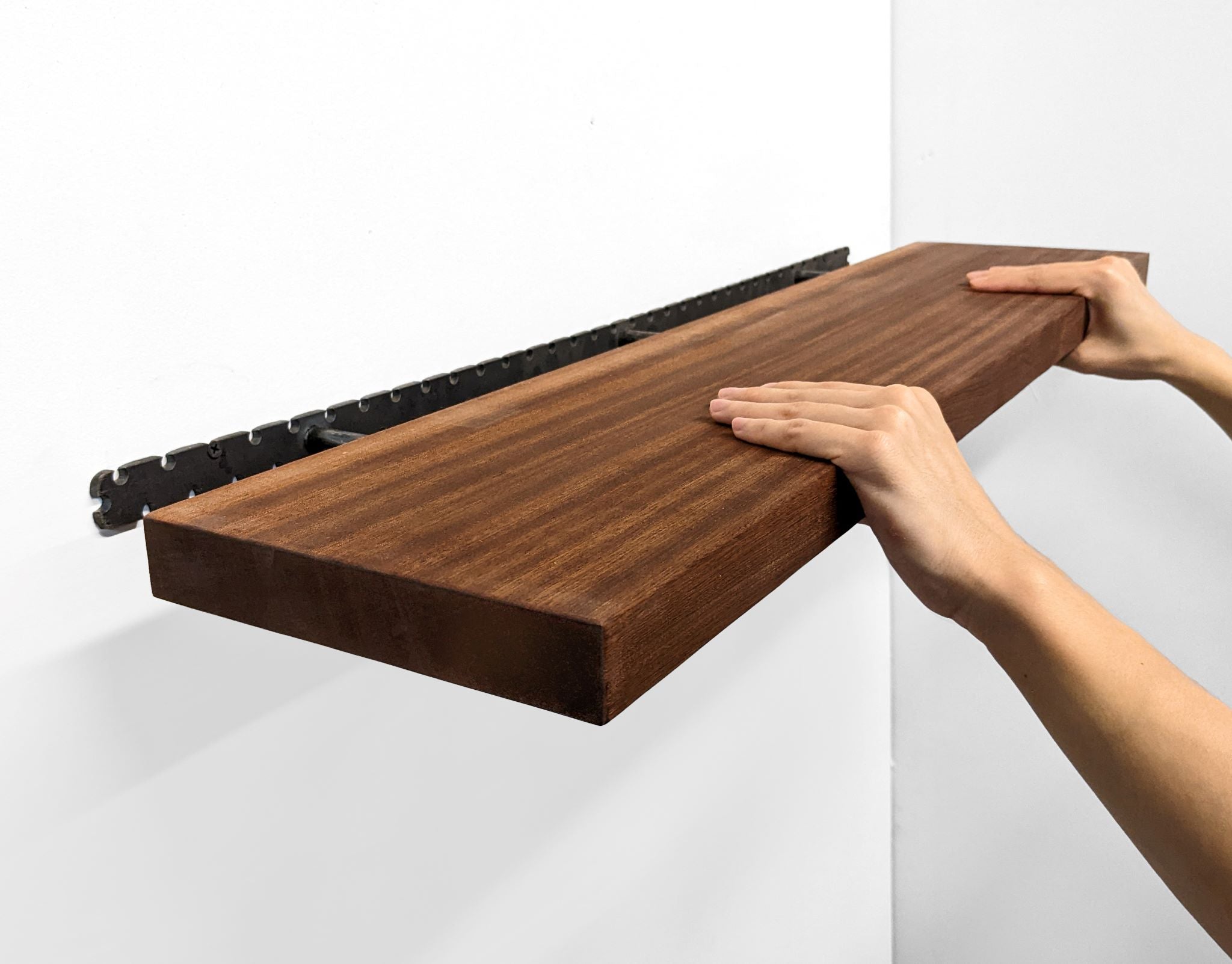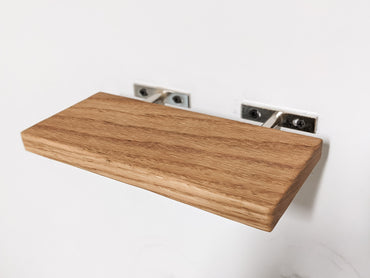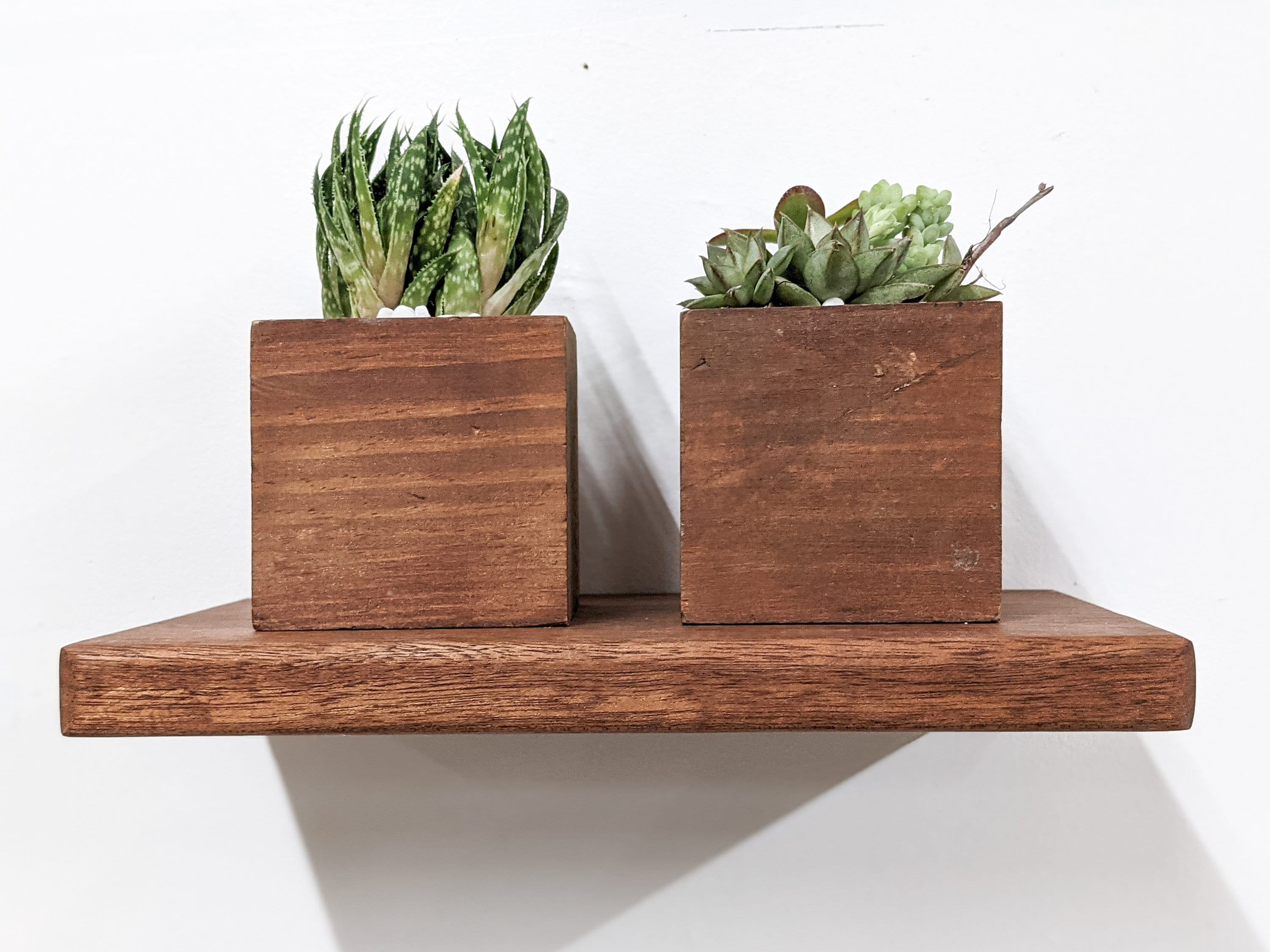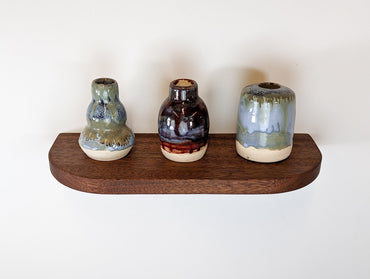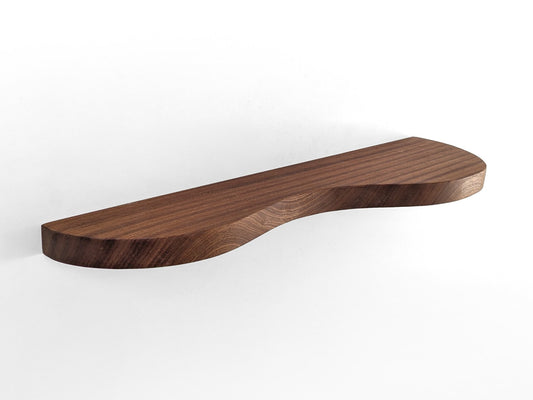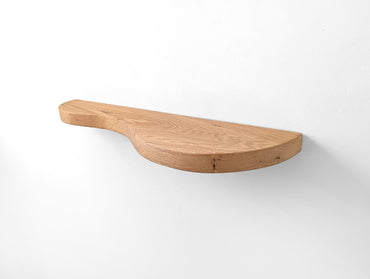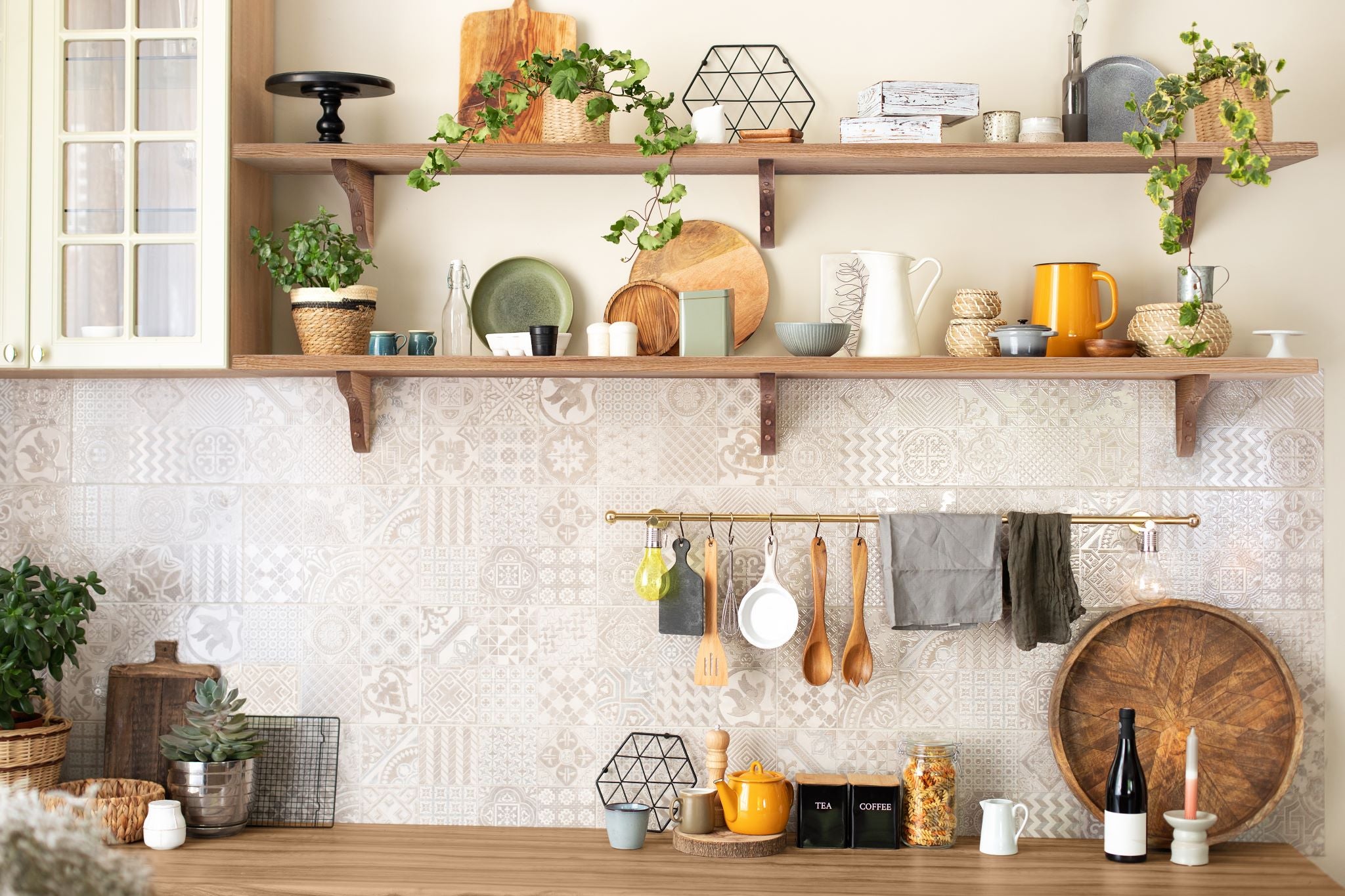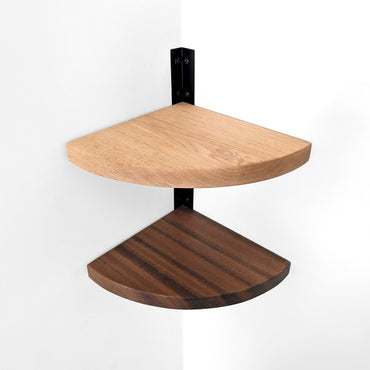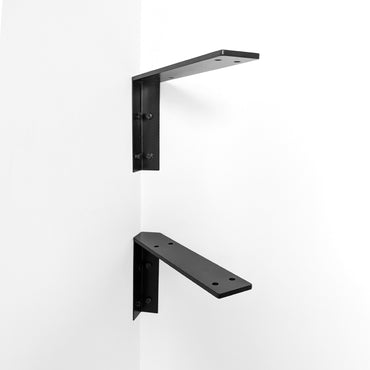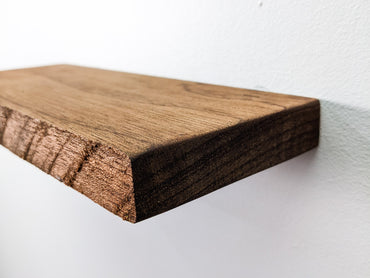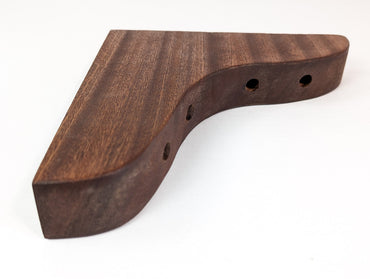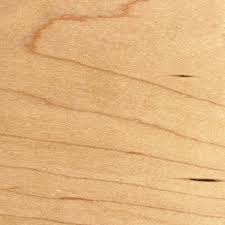-
Thick Mahogany Floating Shelf with Rounded Corners
From $98.00From $98.00FREE Shipping in USSolid Hardwood + Hidden BracketOrder Any Size -
Thick Oak Floating Shelf with Rounded Corners
From $98.00From $98.00FREE Shipping in USSolid Hardwood + Hidden BracketOrder Any Size -
Thick Mahogany Floating Shelf in 12" to 84" lengths
From $78.00From $78.00 $0.00FREE Shipping in USSolid Hardwood + Hidden BracketOrder Any Size -
Thick Oak Floating Shelf in 12" to 84" lengths
From $78.00From $78.00 $0.00FREE Shipping in USSolid Hardwood + Hidden BracketOrder Any Size -
Thin Mahogany Floating Shelf in 6" to 36" lengths
From $29.00From $29.00 $0.00FREE Shipping in USSolid Hardwood + Hidden BracketsOrder Any Size -
Thin Oak Floating Shelf in 6" to 36" lengths
From $29.00From $29.00 $0.00FREE Shipping in USSolid Hardwood + Hidden BracketsOrder Any Size -
Thin Mahogany Floating Shelf with Rounded Corners
From $39.00From $39.00FREE Shipping in USSolid Hardwood + Hidden BracketsOrder Any Size -
Thin Oak Floating Shelf with Rounded Corners
From $39.00From $39.00FREE Shipping in USSolid Hardwood + Hidden BracketsOrder Any Size -
Double Curve Thick Mahogany Floating Shelf
From $103.00From $103.00FREE Shipping in USSolid Hardwood + Hidden BracketOrder Any Size -
Double Curve Thick Oak Floating Shelf
From $103.00From $103.00FREE Shipping in USSolid Hardwood + Hidden BracketOrder Any Size -
Thick Mahogany Floating Shelf in 6" to 10" lengths
From $40.00From $40.00 $0.00FREE Shipping in USSolid Hardwood + Hidden BracketsOrder Any Size -
Thick Oak Floating Shelf in 6" to 10" lengths
From $35.00From $35.00 $0.00FREE Shipping in USSolid Hardwood + Hidden BracketsOrder Any Size -
Thick Mahogany Shelf with Black Steel J Brackets
From $79.00From $79.00FREE Shipping in USSolid Hardwood + Steel J BracketsPowder Coated Black Brackets -
Thick Oak Shelf with Black Steel J Brackets
From $79.00From $79.00FREE Shipping in USSolid Hardwood + Steel J BracketsPowder Coated Black Brackets -
Solid Wood Shelf with Mahogany Brackets
From $98.00From $98.00FREE Shipping in USSolid Hardwood + Wood BracketOrder Any Size -
Solid Wood Shelf with Oak Brackets
From $98.00From $98.00FREE Shipping in USSolid Hardwood + Wood BracketOrder Any Size -
Floating Corner Shelf with Round Edge in Mahogany
From $223.00From $223.00FREE Shipping in USSolid Hardwood + Hidden BracketsRight-angle Corners -
Floating Corner Shelf with Round Edge in Oak
From $223.00From $223.00FREE Shipping in USSolid Hardwood + Hidden BracketsRight-angle Corners -
Floating Corner Shelf with Straight Edge in Mahogany
From $223.00From $223.00FREE Shipping in USSolid Hardwood + Hidden BracketsRight-angle Corners -
Floating Corner Shelf with Straight Edge in Oak
From $223.00From $223.00FREE Shipping in USSolid Hardwood + Hidden BracketsRight-angle Corners -
Corner Shelf with Visible Bracket
From $203.00From $203.00FREE Shipping in USSolid Hardwood + Visible BracketRight-angle Corners -
Live Edge Wood Shelf in Mahogany
From $43.00From $43.00FREE Shipping in USSolid Mahogany + Hidden BracketsOrder Any Size -
Solid Wood Brackets in Mahogany or Oak
From $39.99From $39.99FREE Shipping in USSolid Hardwood BracketsOrder Any Size -
Samples & Swatches
$10.00$10.00FREE Shipping in US








